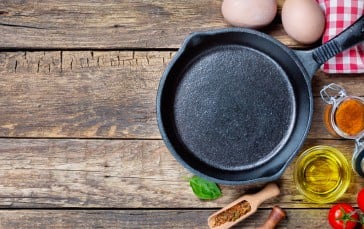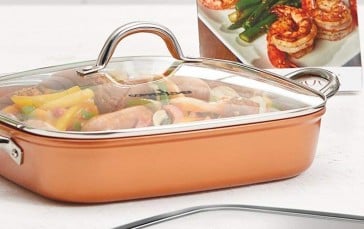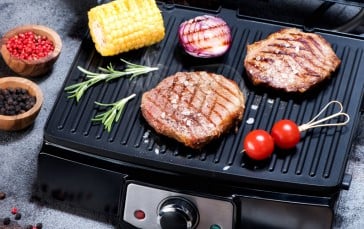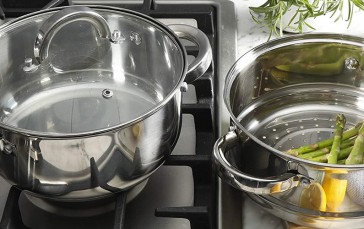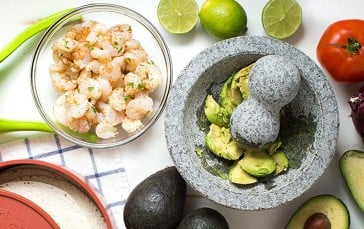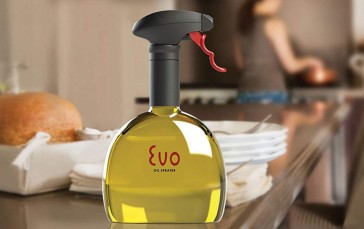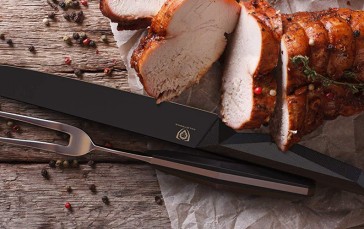Seasoning A Cast Iron Pan
Anyone who has ever owned a cast iron skillet can tell you that it is the most versatile piece of cookware they have ever owned. It is relatively inexpensive, almost indestructible and food just seems to taste better when cooked in a cast iron pan.
There are literally thousands of different types of cookware available today, and they seem to come and go with whatever is trending at the time. Cast iron cookware, however, has been around for several centuries and is still relatively popular today. In fact, these cookware marvels are so durable, that many people who have one today, have had the same pans in the family for quite a few generations.
Keeping a cast iron pan for a long time is a simple matter of seasoning the pan. Here’s how to season your cast iron pan so that you can get the most use out of it. With the right seasoning, not only will your pan last you for your lifetime, you may even be able to pass it down to the next generation.
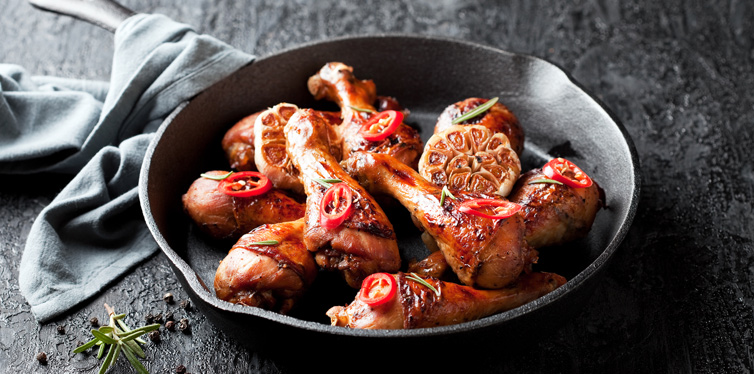
Out Of The Box
It’s easy to feel excited when you bring your cast iron pan home for the first time. You’re all eager to prepare that thick juicy perfectly cooked steak for dinner on your new pan. Slow down a little. The first thing you need to do with your cast iron pan when you take it out of the box is to give the pan a good scrubbing with hot, soapy water. Once you’ve washed it and rinsed it, pat off any excessive moisture until it is completely dry.
Oil Up
Once you’ve washed your cast iron pan for the first time, and let it dry completely, it’s time to cover the entire pan in a thin layer of oil. Olive oil or any vegetable oil will do fine for this part of the seasoning process. This oil layer will prevent rust from forming, but the next step is equally important.
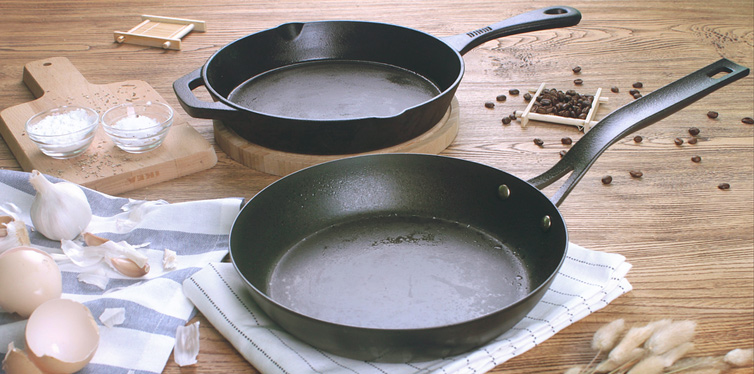
Turn Up The Heat
Once you’ve oiled your cast iron pan, you need to bake the layer into the pan. Place your pan upside down in your oven at 375 °F and bake it for about an hour. Place a cookie sheet or a layer of aluminum foil underneath to catch any drips. Once the hour has passed, turn the oven off and let the pan and the oven cool completely. Once the pan is cool, it’s ready to use.
Cast Iron Pan Do’s And Don’ts
- Do use a mild detergent to clean your cast iron pan. Although many traditionalists will tell you that this is a no-no, you don’t want to leave food particles and grease on your pan to accumulate and become a breeding ground for bacteria.
- Do wash your cast iron pan as soon as you’ve finished cooking your meal. Rinse off any detergent residue.
- Do make sure your cast iron pan is completely dry before you put it away. Also, when it comes to drying, if you feel your dish cloth isn’t drying it enough, return it to the stove top on low heat until it dries.
- Once your cast iron pan is dry, apply a thin layer of oil over the pan before you store it, ready for use the next time.
- Do add oil to your pan before you start cooking and make sure the pan gets hot enough before you add your food to it.
- Don’t cook acidic food like tomatoes in a cast iron pan, or use lemon juice while cooking. the acids will strip away your seasoned layer and damage the surface of your pan. It will also give everything you cook a metallic taste.
- Don’t let your cast iron pan get tacky. If your pan hasn’t been seasoned properly and baked, the oil layer can become tacky or sticky. This is not a good covering and the oil layer can flake off into your food, giving it a nasty taste. Bake the pan after the first oiling and only apply a very thin layer after each use.
- Don’t let your cast iron pan soak. Sometimes when food sticks to our cookware, we like to soak them for an hour or overnight to loosen the gunk. Never do this with a cast iron pan as the prolonged contact with water will cause rust to form. It’s much better to rub the affected area with coarse salt and a bit of oil before washing it the way you normally would. If there is a nasty case of burned food on your pan, you are better off adding water to the pan and putting it on a low heat on the stove to loosen it. Once it cools a little, you should be able to wash it off with ease
- Don’t even think about putting your cast iron pan in the dishwasher. Dishwasher tablets and powders are quite caustic and they will strip the seasoned layer and a little more during washing. This is one piece of cookware that you will need to hand wash every time.
- Don’t feel the need to be gentle. Unlike a lot of Teflon and other modern types of cookware, cast iron pans can take a lot of rough treatment. You can use metal utensils to turn or stir your food. Even so, don’t be too rough.
- If you’re cast iron pan does get rusty, don’t despair. It is easy to get it back into a usable condition again. Grab super fine steel wool and mild detergent to remove the rust. Then give it a good rinse before starting the seasoning process again.
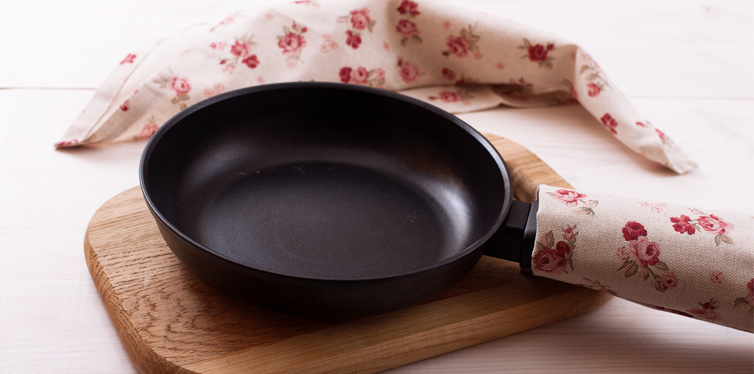
Once you get your cast iron pan properly seasoned and you’ve worked out the best temperatures to cook your favorite foods, you’ll find yourself using your cast iron pan with more frequency. Especially when you cook the perfect steak, there’s no going back. You will never cook a piece of beef on an ordinary pan again. Don’t forget the sauces and salads.


